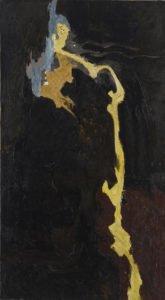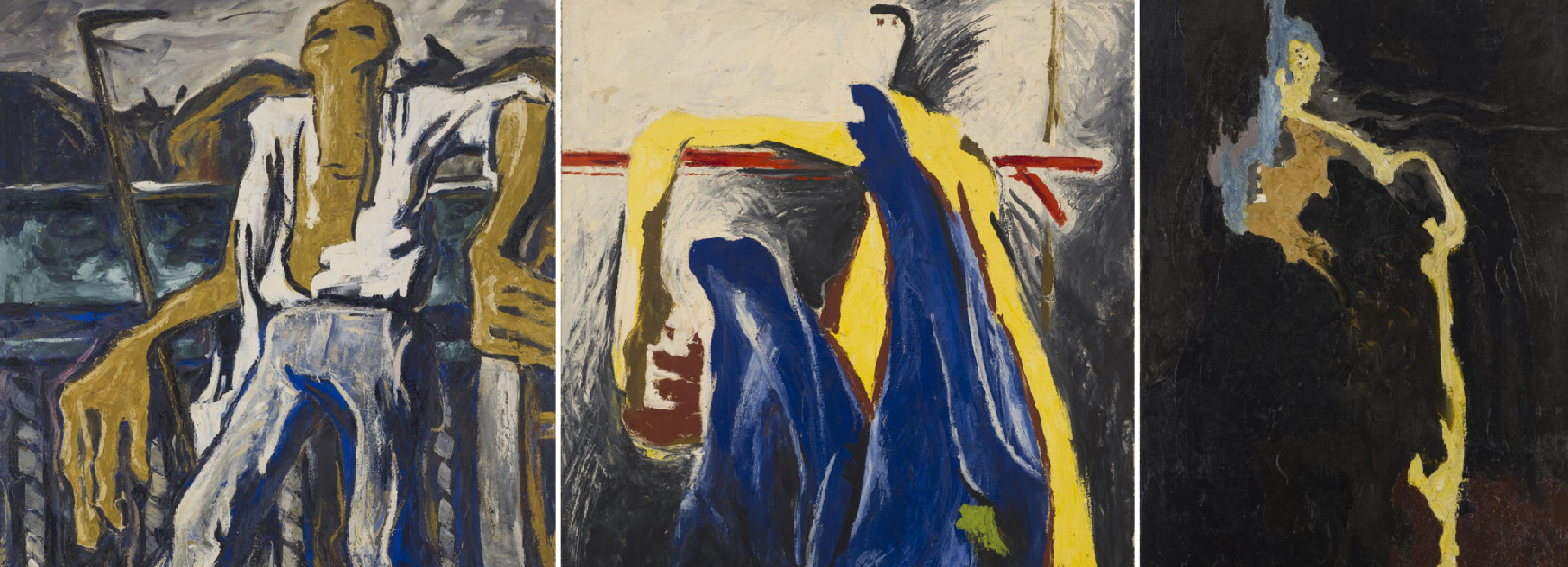Transition to Abstraction
Over the course of his career, Clyfford Still’s artwork transitioned from being mostly representational to completely abstract. Some of Still’s abstract paintings contain vestiges of representational images like figures and machine parts from his earlier work. Experiment with making your own abstract art based on representational images.
Materials
- Thin paper or tracing paper
- Drawing instrument
- Magazine or newspaper images
Instructions:
- Choose a few images from magazines or newspapers that are interesting to you.
- Place your paper on top of the image.
- Trace 3 or 4 lines from your image.
- Rotate your paper and trace a few more lines.
- Choose another image and repeat the process.
- Add extra lines, details, or colors.
Consider:
- Look for specific lines or shapes that convey the essence of your source image. What is most important about it? Use these lines or shapes in your drawing.
- Try making multiple drawings that emphasize different parts of your source images.
- Experiment with abstracting other images like landscapes, still life, or your own artwork.




